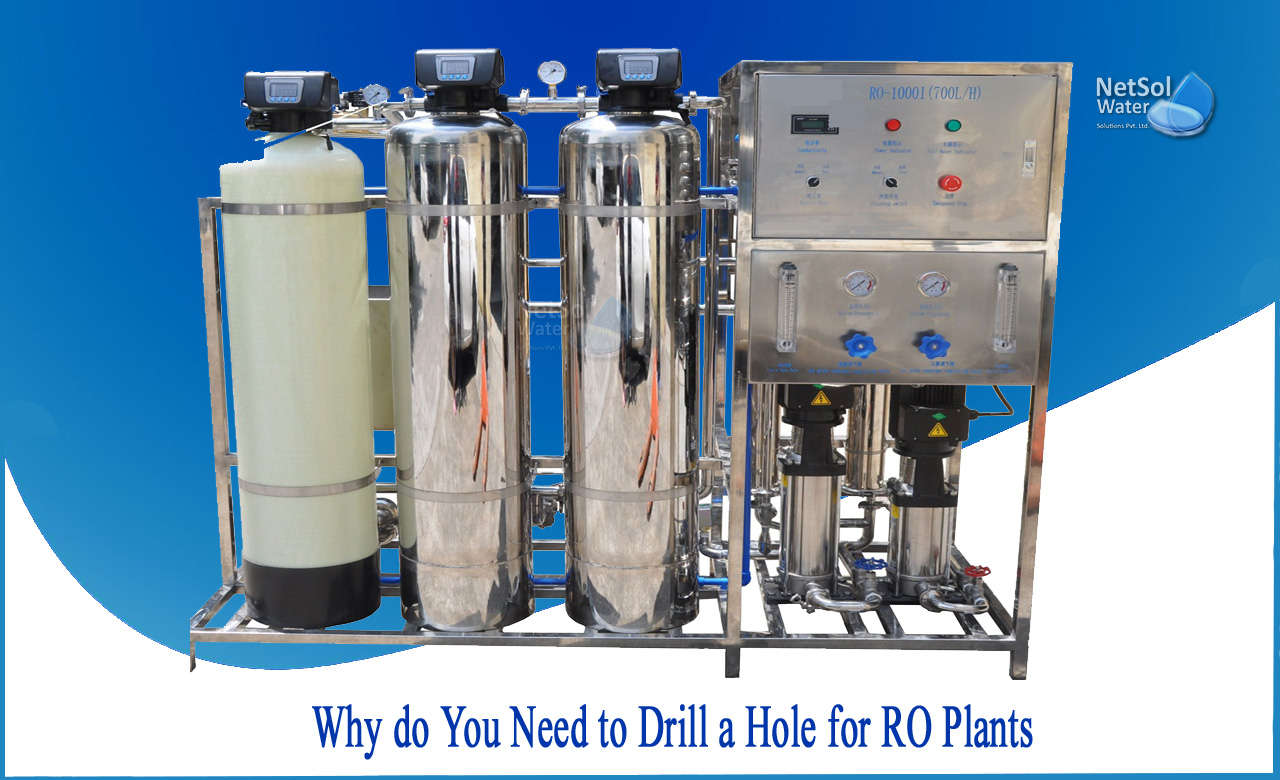The installation of the RO systems necessitates the drilling of a hole for the RO plant!
RO systems can handle incoming TDS levels of up to 2000ppm and are designed to treat both hard and soft water.
Connecting to the Water Supply Line
The RO system must only be linked to a source of COLD water!
1. Determine the location of the cold water supply valve: Turn the shutoff handle clockwise to completely shut off the incoming cold water.
2. Feed Water Adaptor (1/2" to 3/8"): The Feed Water Adaptor comes with a separate Needle Valve. The Adaptor connects to a cold-water pipe that is 1/2" or 3/8" in diameter. The Needle Valve is attached to the Adaptor via a screw.
3. Recommendation for Flex Line Riser Connection: Separate the cold-water riser tube from the faucet shank by loosening the nut. Bend the riser tubing gently so that the Feed Water Adapter fits onto the shank of the faucet. If your riser tube doesn't have a built-in washer, use the cone-shaped washer that comes with it. Tighten the connection between the riser tube, the feed water adaptor, and the faucet shank.
Installing the Drain Saddle
The RO system is "packed" with steady water pressure, which prevents wastewater from backing up into the system. As a result, the wastewater is "forced-drained" rather than "gravity-drained."
1. The drain saddle assembly should be installed above the trap on the vertical or horizontal tailpiece. Install the drain line as low as feasible above the trap, or on the horizontal tailpiece, to limit drainage noise.
2. Drill a 1/4" hole through one side of the drainpipe, marking the location of the hole on the drain pipe. A piece of self-adhesive sponge is included. This sponge should be glued to the inside of the saddle to cushion any gaps between the saddle and the pipe.
3. Make sure the sponge's hole is completely punched out and aligned with the saddle's hole.
4. Make sure that the drain saddle hole is properly aligned with the drilled hole. The wastewater will be blocked and the membrane will be damaged if these two holes are misaligned. Tighten the two screws equally to secure the drain saddle to the drain pipe.
Why do you need to drill a hole for RO Plants?
For a regular RO faucet, drill a 1/2" diameter hole. (Drill a 1&1/4" hole for the Air-Gap faucet) Use a 1/2" carbide-tipped masonry drill bit for the best results.
While drilling the faucet hole, wear safety glasses to safeguard your eyes. Choose a position for the RO faucet that looks good, functions well, and is the most convenient for delivering pure water when drilling a hole.
What do we offer?
Installation process is the most important procedure for the RO Plants. While installation, drilling holes and size of the holes for the RO Plants should a priority, since it looks for the proper working of the RO Plant.
If you looking for the best RO installers, then you are at the right place!
You can have an expert solution upon contacting Netsol Water, a leading manufacturer of Industrial and Commercial water treatment plants (RO) and wastewater treatment plants, among other services. Our treatment systems are very effective at removing all types of chemical, physical, and biological pollutants.
Netsol Water is Greater Noida-based leading water & wastewater treatment plant manufacturer. We are industry's most demanding company based on client review and work quality. We are known as best commercial RO plant manufacturers, industrial RO plant manufacturer, sewage treatment plant manufacturer, Water Softener Plant Manufacturers and effluent treatment plant manufacturers. Apart from this 24x7 customer support is our USP. Call on +91-9650608473, or write us at enquiry@netsolwater.com for any support, inquiry or product-purchase related query.



